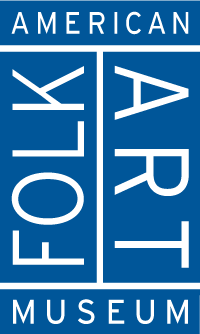Record Details
Masonic Master Mason Apron: Presented to Newburgh Lodge No. 309 F.A.M. by Mrs. Isaac Wood Jr.
This Masonic apron was made and sold by the A. Sisco Regalia Company of Baltimore, which Ann Sisco operated after the death of her husband, Charles, in 1846. The body of the apron shows an arrangement of Masonic symbols related to the Master Mason Degree, including a winged hourglass, signifying the passage of time and the finite nature of life; a beehive, symbolizing industry; an ark and anchor, representing hope and a well-spent life; a level, square, and plumb, reminding members to be even, fair, and just; a sword and the Constitutions, or rules of the order, signifying the steadfastness of the Masonic fraternity; a black-and-white mosaic pavement, symbolizing the good and evil in life; and the “G” in the middle, representing God, geometry, or both.
Framed behind glass, an inscription indicates it was “presented to Newburgh Lodge No. 309 F.A.M. By Mrs. Isaac Wood Jr.” The lodge, located in Newburgh, New York, received its charter in June 1853. Isaac Wood Jr. (1823–1885) is not listed as a charter member of the lodge, but he did live in Newburgh all his life. Isaac Jr. married his wife, Sarah (1826–?), in the late 1840s.
Object information is a work in progress and may be updated with new research. Records are reviewed and revised, and the American Folk Art Museum welcomes additional information.
To help improve this record, please email photoservices@folkartmuseum.org
There are no works to discover for this record.




